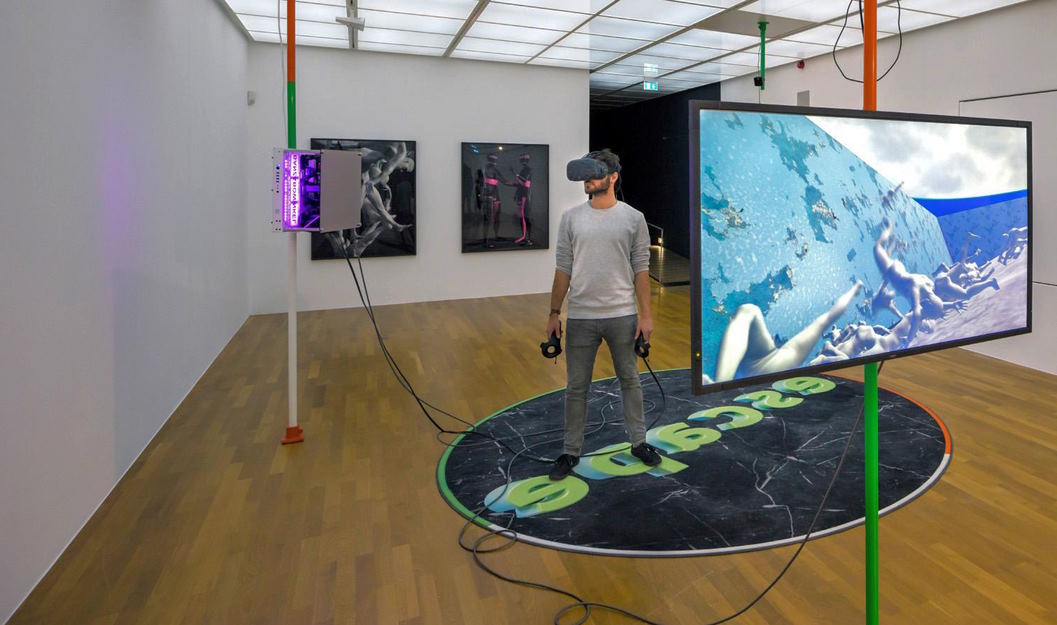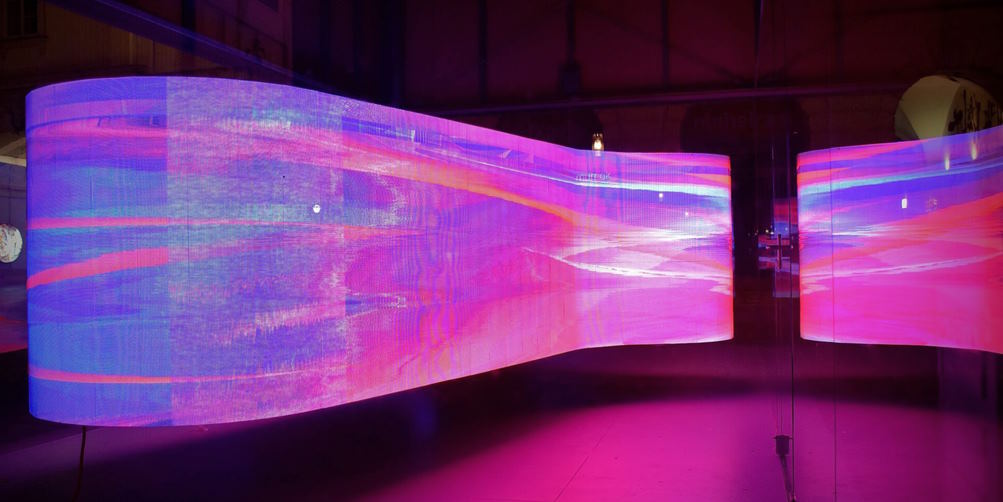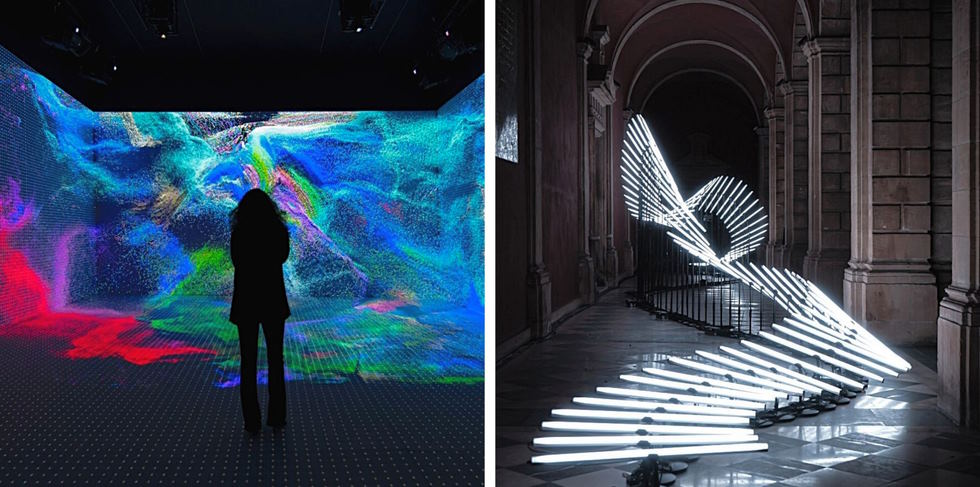Art has been an integral part of human civilization for thousands of years, and over time, the use of technology in the arts has grown exponentially. In contemporary European art, technology has become a vital tool for artists to explore new frontiers and push the boundaries of traditional art forms. From virtual and augmented reality to artificial intelligence and machine learning, technology is providing artists with new ways to create, distribute and experience art. In this article, we will explore the role of technology in contemporary European art, its impact on artistic movements and styles, the diverse technological mediums used by artists, as well as the challenges and opportunities presented by this intersection of art and technology.
The evolution of technology in the arts in Europe
The integration of technology in contemporary European art has a rich and complex history, dating back to the earliest days of the artistic movements in Europe. The evolution of technology in the arts has had a profound impact on the development of artistic movements and styles, creating new opportunities for artists to explore and experiment.
In the late 19th and early 20th centuries, artists in Europe began to experiment with new technologies, including photography, film, and sound recording. These new mediums allowed artists to capture and reproduce the world around them in new and innovative ways, leading to the emergence of new artistic movements and styles, such as Impressionism, Futurism, and Dadaism.
The impact of technology on artistic movements and styles continued to grow throughout the 20th century, with the emergence of digital art in the 1960s and 1970s. This new medium enabled artists to create works that were entirely digital, using computers and software to generate images, sounds, and other forms of media. The use of digital technology in art also created new opportunities for artists to explore themes of technology, identity, and digital culture.
Today, the integration of technology in contemporary European art continues to evolve, with artists using an array of new and innovative technologies to create works that are both thought-provoking and visually stunning. The rich history of technology in the arts in Europe continues to inspire and inform contemporary artists, providing a wealth of opportunities for creativity and expression.

Contemporary European art and technology
Contemporary European art is undergoing a rapid transformation with the integration of technology, providing artists with a range of new tools and mediums to explore. One of the most significant impacts of technology on European art is the emergence of new art forms and styles that challenge traditional notions of art.
Several contemporary European artists are at the forefront of this shift, using technology to create innovative works that blur the lines between art and technology. For instance, French artist Cécile B. Evans creates installations that combine artificial intelligence, animation, and video to explore themes of identity and digital culture. Similarly, Dutch artist Daan Roosegaarde’s work explores the intersection of technology and art, creating installations that respond to the environment and viewer’s interaction.
The diversity of technology in contemporary European art is vast, ranging from virtual and augmented reality to robotics and automation, and from digital fabrication to machine learning. These new mediums have provided artists with a range of new tools to experiment with, creating interactive and immersive experiences for viewers.
The impact of technology on the production, distribution, and reception of art is also significant. Technology has enabled artists to produce and distribute their works on a global scale, reaching a wider audience than ever before. It has also transformed the way art is experienced, with immersive installations and interactive exhibits becoming increasingly popular.

Technological mediums in contemporary European art
The integration of technology in contemporary European art has led to the emergence of new mediums that have transformed the way we experience and engage with art. From virtual and augmented reality to artificial intelligence and machine learning, digital fabrication, and 3D printing, technological mediums have expanded the possibilities for artists and viewers alike.
Virtual and augmented reality have become increasingly popular mediums in contemporary European art, creating immersive and interactive experiences for viewers. These mediums allow artists to create digital worlds that blur the line between reality and fiction, providing a unique perspective on the human experience.
Artificial intelligence and machine learning have also opened up new possibilities for artists, allowing them to create works that respond to the environment and viewer’s interaction. The use of these technologies in contemporary European art has enabled artists to create works that are both responsive and interactive, blurring the line between art and technology.
The use of robotics and automation in contemporary European art has also become increasingly popular, creating works that explore themes of automation, artificial intelligence, and the future of work. The use of these technologies in art has enabled artists to create works that are both thought-provoking and visually striking.
Finally, digital fabrication and 3D printing have revolutionized the way art is produced, allowing artists to create intricate and detailed works that were previously impossible to create by hand. These technologies have also enabled artists to create works that are scalable, making it easier to produce large-scale installations and exhibits.

